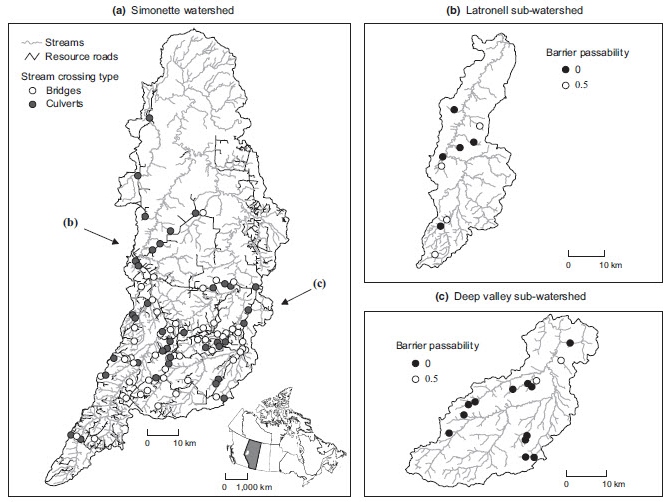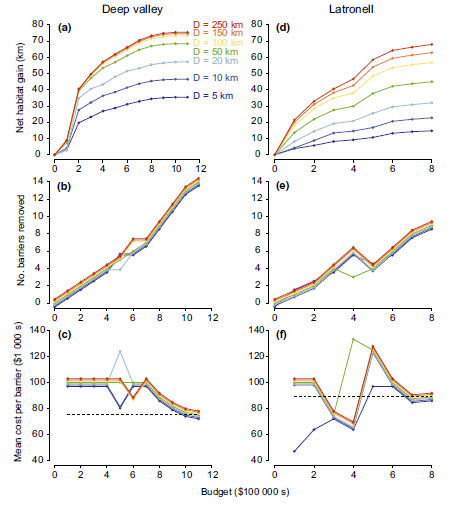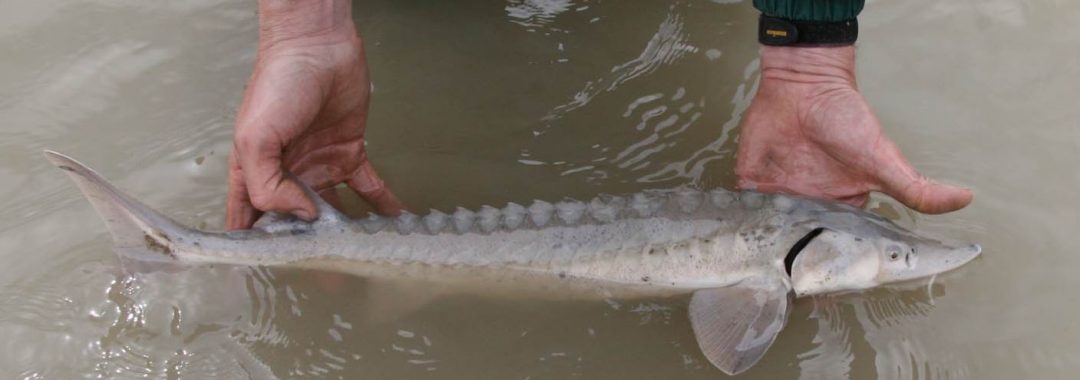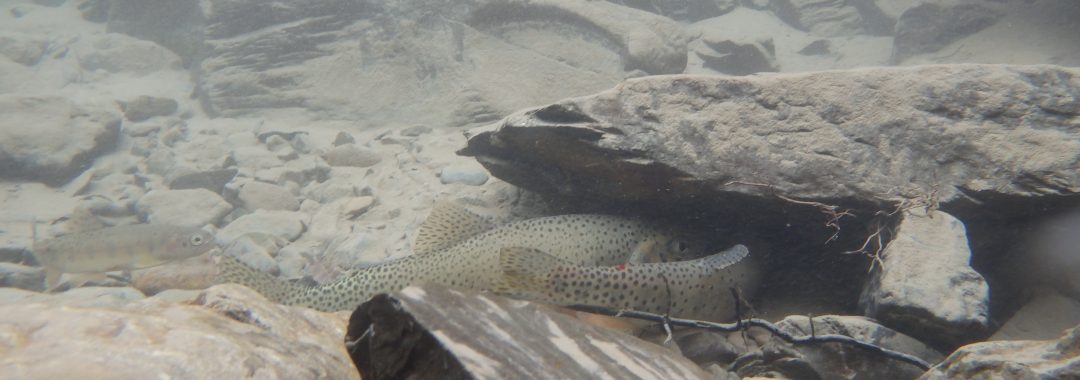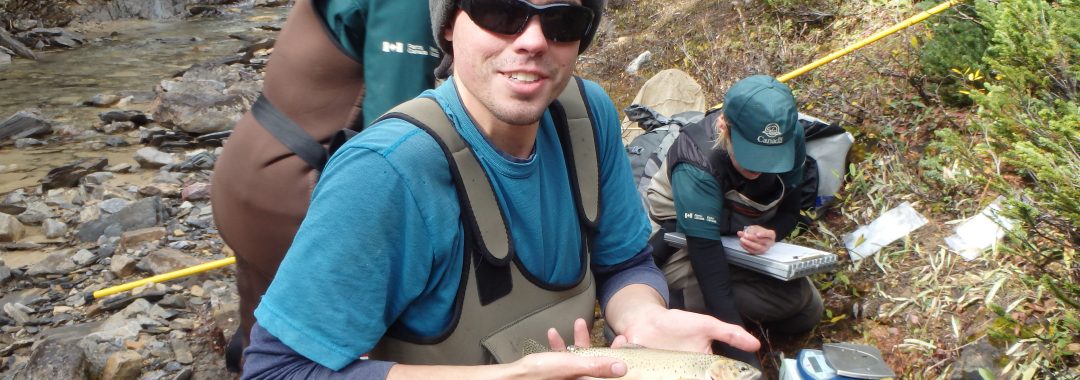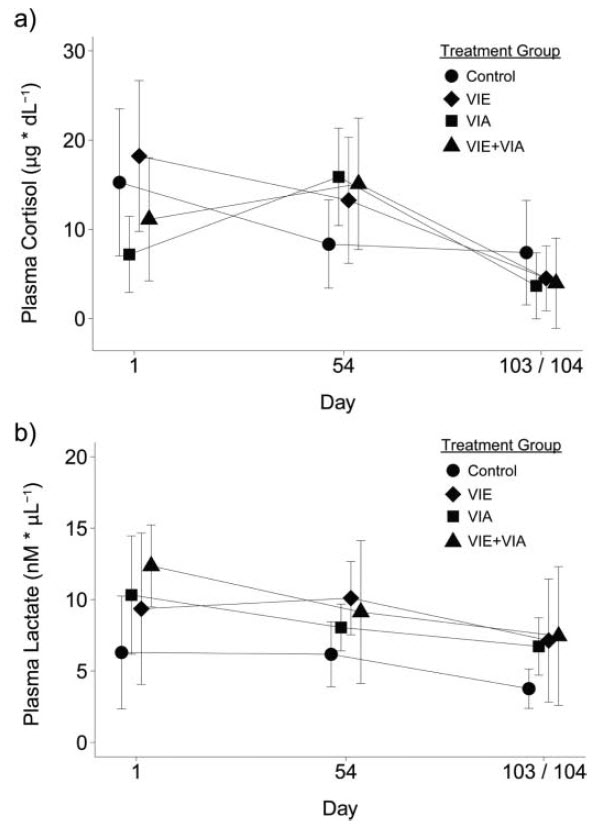Thesis Title: Identifying seasonal Lake Sturgeon (Acipenser fulvescens) movement patterns and habitat selection in the South Saskatchewan River Basin
Author: Donnette Thayer
Abstract
Lake Sturgeon (Acipenser fulvescens Rafinesque 1817) have experienced population declines throughout their range. In Alberta, low density age-class distributions, irregular recruitment, critically low spawning potential ratios and other factors led to a 2007 designation of “Threatened” for this species under the Provincial Wildlife Act. As a protected species, efforts to develop a comprehensive recovery strategy require an understanding of species’ biology, behavior, and critical habitat requirements. My objectives were to a) identify movement behaviors and habitat changes before and after an extreme flood event, and b) ascertain overwintering movement behaviors and habitat selection of South Saskatchewan River Basin Lake Sturgeon. Multiple-receiver acoustic telemetry was used to obtain triangulated, fine-scale movement patterns at the confluence of the Bow and Oldman rivers, a potential critical spawning habitat site, before, during and after an extreme flood, and at a study site on the South Saskatchewan River known to be critical overwintering habitat, before, during, and after the ice-on period. Substrate analysis was performed pre- and post-flood for Grand Forks, and substrate, bottom velocity, and depth analyses were performed for the South Saskatchewan River overwintering study site. In the extreme flood event study, movement behaviors were captured by receivers positioned to triangulate movements and provide positions at a fine scale. Receivers had been deployed to assess spawning behavior when the 2013 Alberta ‘Flood of Floods’ occurred, providing an opportunity to document fine-scale Lake Sturgeon movement behaviors before, during and after an extreme disturbance event. Lake Sturgeon showed a tendency to avoid high water velocity areas. Increases in flow rate showed a significant negative relationship to mean positional distance from shore. Substrate assessment prior to and following the flood showed a significant change in substrate composition. Mean gravel- and larger-substrate area increased, providing evidence that high flow rates in 2013 and 2014 exposed larger particle fluvial substrate. Complexity as measured by patch density increased, indicating a measureable overall increase in heterogeneity. Lake Sturgeon benefitted from improved spawning habitat following the extreme flood by gaining larger, cleaner substrate with more complexity. Although extreme flood events may be costly to human life and infrastructure, they may be ecologically beneficial to some freshwater organisms, particularly plesiomorphic, long-lived species such as Lake Sturgeon whose survival has depended upon a capability to adapt to erratic and occasionally extreme peak flow events. In the overwintering study, fine-scale movements by adult and juvenile Lake Sturgeon were tracked for a previously identified overwintering habitat in the South Saskatchewan River using acoustic telemetry from late October 2013 through April 2014 for a 1.5 kilometer reach of the South Saskatchewan River identified in a previous study as overwintering habitat. Period-segmented movement rates, depth selection, aggregation behavior and preferential overwintering habitat selection by adult and juvenile Lake Sturgeon were evaluated for 23-26 individuals (20-23 adults and 3 juveniles, depending on residency during period assessed – individuals not present during all segments were excluded) detected within the study area. Environmental parameters included depth, depth standard deviation (rugosity), bottom velocity, bottom velocity standard deviation, and substrate type (silt, sand, and gravel or larger substrate). Boosted regression tree (BRT) analyses were performed to identify habitat selection for Lake Sturgeon for period-aggregated core (50th percentile) and range (95th percentile) positions. Movement rates paralleled temperature variation, becoming highly restricted during periods of deepest cold. Increased aggregation was also noted for these periods. The deepest habitat positions occurred during ice formation and breakup. Depth and bottom velocity were the most important variables used to identify sturgeon habitat for all periods assessed. Since Lake Sturgeon display site fidelity and aggregation behaviors independent of resource availability, winter habitat may limit the population. While spawning habitat is crucial to ensuring successful recruitment, data suggests that a substantial portion of the population spends the greater part of the year in overwintering locations, making this habitat potentially more critical to the survival of the population as a whole than any other habitat. If winter habitat is degraded or otherwise compromised, it could hinder species recovery, and should be considered critical habitat, receiving appropriate protection. This was the first study to use fine-scale acoustic telemetry analysis of movement behavior and habitat selection for a Lake Sturgeon population occupying fluvial winter habitat.
